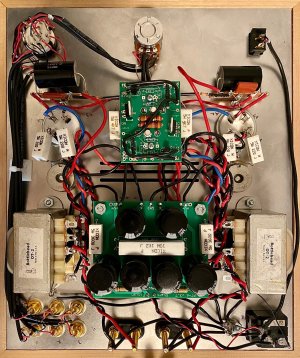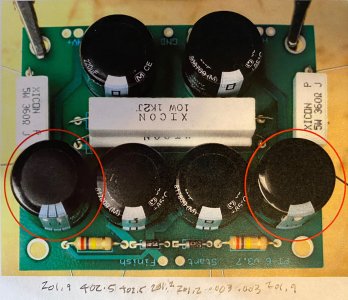audiotecture
New member
I ordered/purchased a Stereomour kit January 2013. I’ve successfully built and am using a Bottlehead Crack headphone amp. I finally “finished" my Stereomour kit today and made it through the resistance check fine. During the voltage test, I saw/smelled smoke so I unplugged the amp. I discovered that when I put the 2A3 tubes in for the voltage check I made the mistake of putting them in backward (I did not notice the different size pins and numbers). Reading about similar incidents on the Bottlehead forum it sounds like I may have damaged the tubes, resistors, etc. Rather than attempting to troubleshoot this myself, I thought I’d contact Bottlehead repairs to find out if I might be better off sending my Stereomour in for repair/diagnosis/testing rather than buying new tubes, new resistors, etc. not really knowing what the issue or issues might be. Doc B. suggested I post my issue on the forum in the hopes that Paul Birkeland or somebody else might be able to talk me through testing the transformer and other components to get a better idea of the amp's condition before I send it in for repair/troubleshooting.


